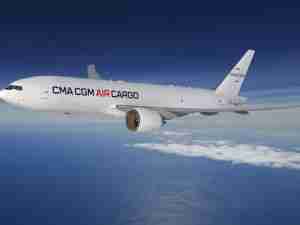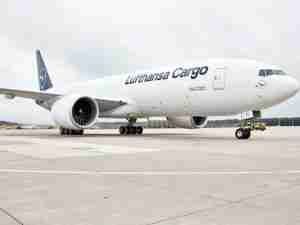Fitch report says canadian airport growth will demand investment
posted by AJOT | May 07 2015 at 11:22 AM | Air Cargo
Bumps in the Canadian economy of late will not stunt the significant growth in passenger traffic across Canadian airports, the continued pace of which may necessitate more attention towards improving their infrastructure, according to Fitch Ratings in as new report.
Total passenger traffic in Canada is up over 50% since 2000 to nearly 130 million compared to 86 million in 2000. During this period, the overall rate of passenger traffic growth in Canada has been three times that of the rate seen in U.S. The next few years augurs for more of the same substantial growth, according to Senior Director Seth Lehman.
‘Potential for growth exists in some Canadian cities, including cross-border leakage to U.S. airports with superior flight and connecting options as well as lower fares,’ said Lehman. ‘Canadian airports are a much more concentrated market, with the five largest Canadian airports accounting for over 70% of air traffic, compared to roughly 20% for the five largest U.S. airports.’
At 38.6 million passengers last year, Toronto-Pearson International Airport is by far the most dominant airport with nearly 30% of the total passengers served across Canada. That said, passenger traffic is up notably across the entire market, with smaller airports in Edmonton, Quebec City, and St. John’s among the notable gainers.
As the pace of traffic growth continues, many of the Canadian airports are facing capacity challenges, particularly on the airfields and runways. ‘Many airports also require more near term attention to the adequacy of the current infrastructure,’ said Lehman. With very limited direct federal funding, Canadian airports have had to rely more heavily on locally set charges such as the Airport Improvement Fee (AIF). As a result, optimistic forecasting or uneven AIF collections could pose credit risks to some Canadian airports that depend on a strong pace of revenue growth in order to maintain their current metrics.










